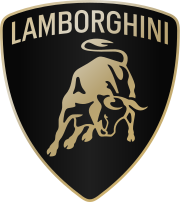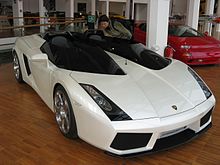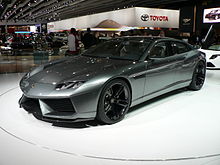In
Hernandez v. Robles (2006), the majority opinion of the
New York Court of Appeals—that state's highest court—declined to rely on the
Loving case when deciding whether a right to same-sex marriage existed, holding that "the historical background of
Loving is different from the history underlying this case."
[33] In the 2010 federal district court decision in
Perry v. Schwarzenegger, overturning
California's Proposition 8 which restricted marriage to opposite-sex couples, Judge
Vaughn R. Walker cited
Loving v. Virginia to conclude that "the [constitutional] right to marry protects an individual's choice of marital partner regardless of gender".
[34] On more narrow grounds, the 9th Circuit Court of Appeals affirmed.
[35][36]
In June 2007, on the 40th anniversary of the Supreme Court's decision in
Loving, Mildred Loving issued a statement that said:
[37][38]
I believe all Americans, no matter their race, no matter their sex, no matter their sexual orientation, should have that same freedom to marry... I am still not a political person, but I am proud that Richard's and my name is on a court case that can help reinforce the love, the commitment, the fairness and the family that so many people, black or white, young or old, gay or straight, seek in life. I support the freedom to marry for all. That's what Loving, and loving, are all about.
Up until 2014, five
U.S. Courts of Appeals considered the constitutionality of state bans on same-sex marriage. In doing so they interpreted or used the
Loving ruling differently:
- The Fourth and Tenth Circuits used Loving along with other cases like Zablocki v. Redhail and Turner v. Safley to demonstrate that the U.S. Supreme Court has recognized a "fundamental right to marry" that a state can not restrict unless it meets the court's "heightened scrutiny" standard. Using that standard, both courts struck down state bans on same-sex marriage.[39][40]
- Two other courts of appeals, the Seventh and Ninth Circuits, struck down state bans on the basis of a different line of argument. Instead of "fundamental rights" analysis, they reviewed bans on same-sex marriage as discrimination on the basis of sexual orientation. The former cited Loving to demonstrate that the Supreme Court did not accept tradition as a justification for limiting access to marriage.[41] The latter cited Loving as quoted in United States v. Windsor on the question of federalism: "state laws defining or regulating marriage, of course, must respect the constitutional rights of persons".[42]
- The only Court of Appeals to uphold state bans on same-sex marriage, the Sixth Circuit, said that when the Loving decision discussed marriage it was referring only to marriage between persons of the opposite sex.[43]
In
Obergefell v. Hodges (2015), which decided the issue, the Supreme Court invoked
Loving, among other cases, as precedent for its holding that states are required to allow same-sex marriages under both the Equal Protection Clause and the Due Process Clause of the Constitution.
[44] The court's decision in
Obergefell cited
Loving nearly a dozen times, and was based on the same principles – equality and an
unenumerated right to marriage. During oral argument, the eventual author of the majority opinion, Justice
Anthony Kennedy, noted that the decisions holding racial segregation and bans on interracial marriage unconstitutional (
Brown v. Board of Education and
Loving, respectively), were made about 13 years apart, much like the decision prohibiting bans on same-sex sexual activity (
Lawrence v. Texas) and
Obergefell.
[45]
























